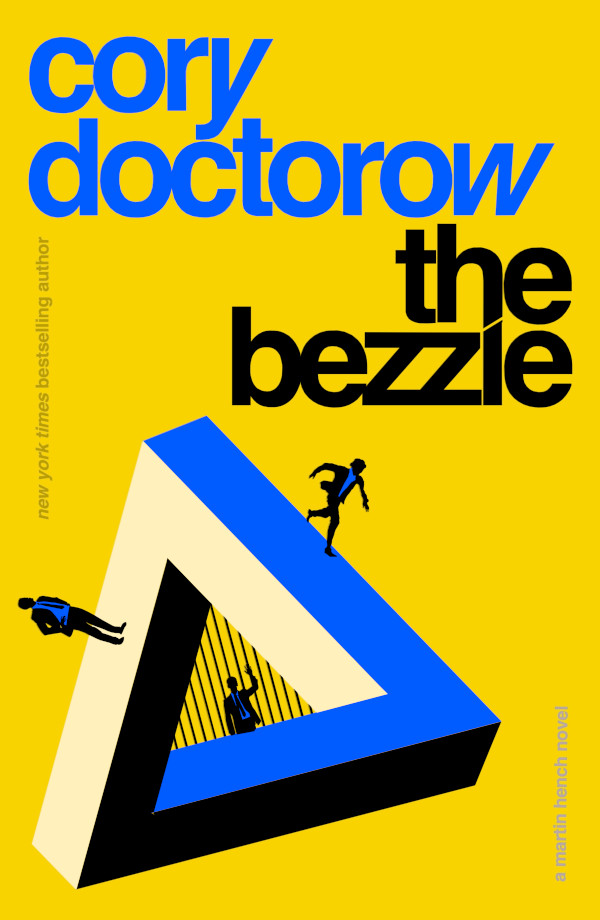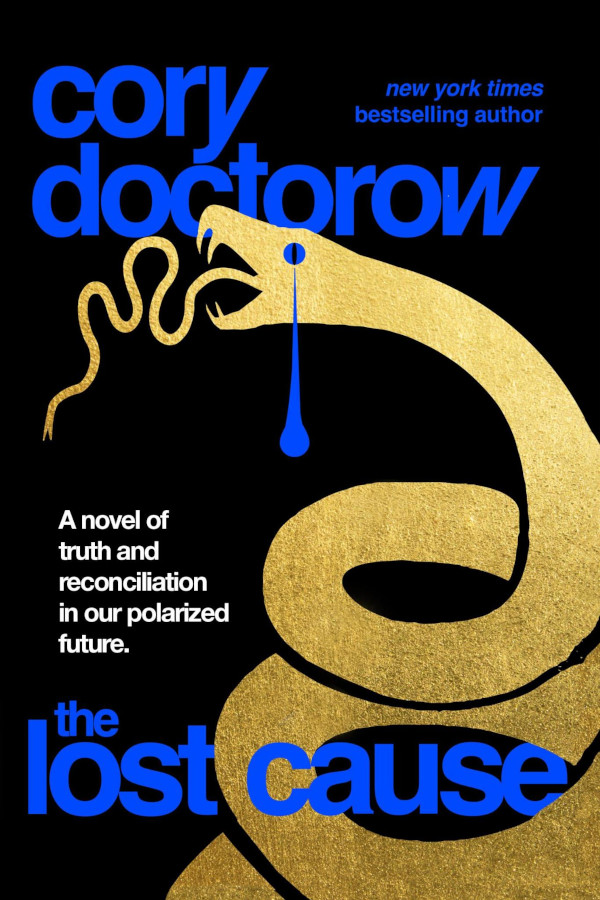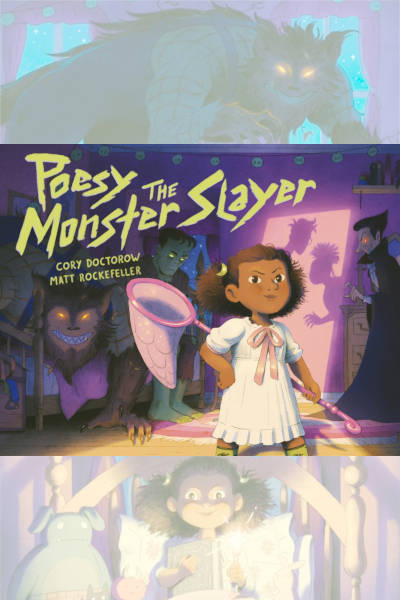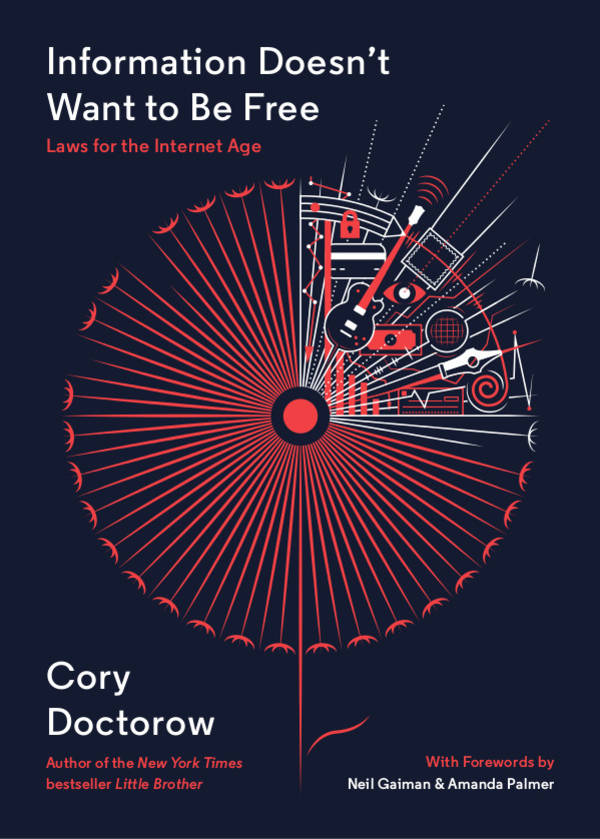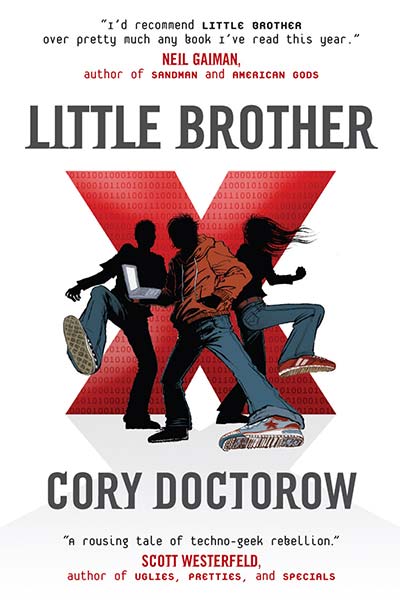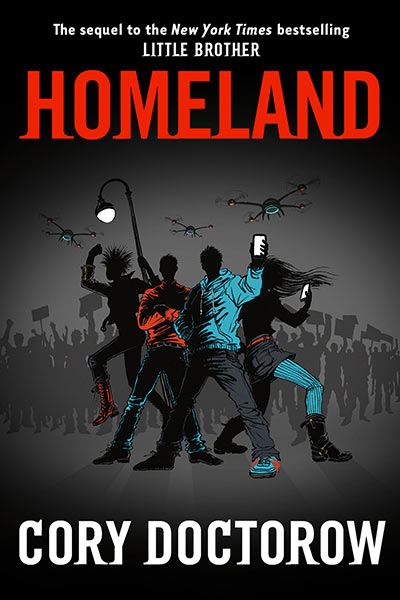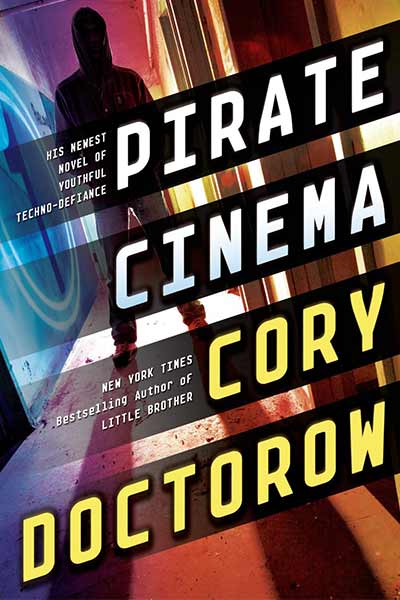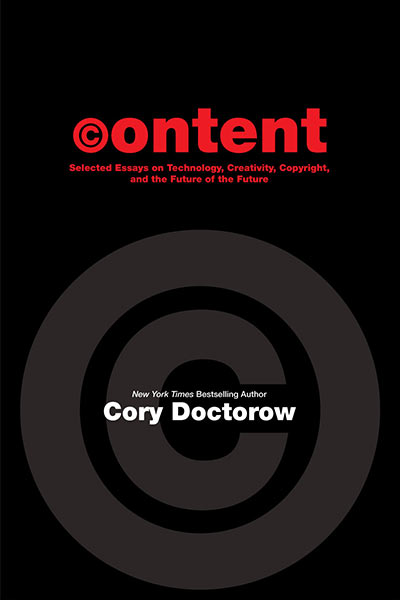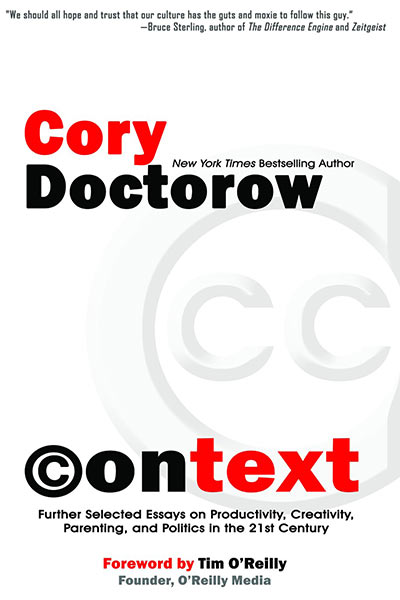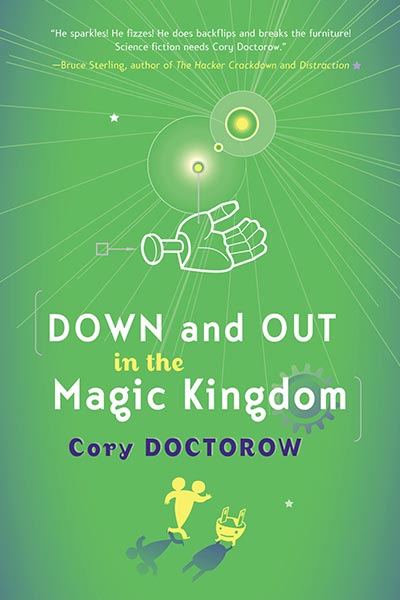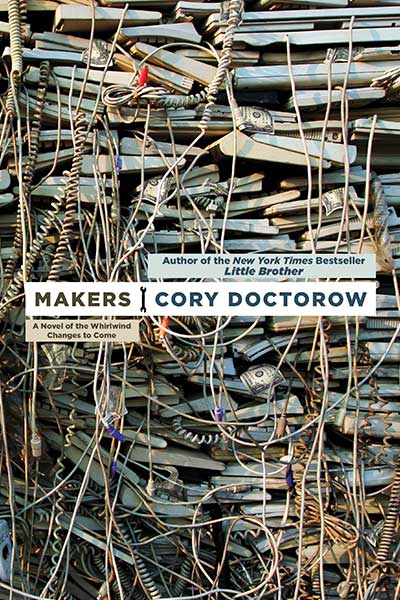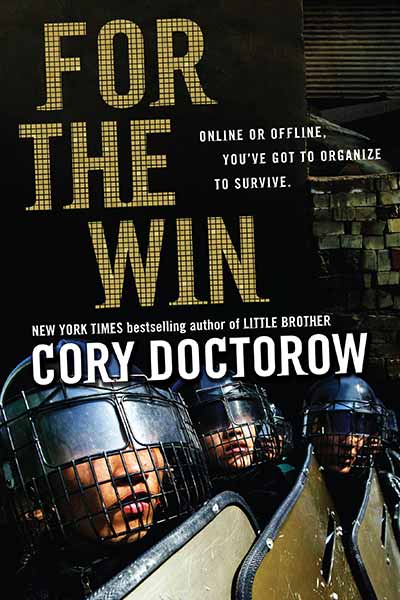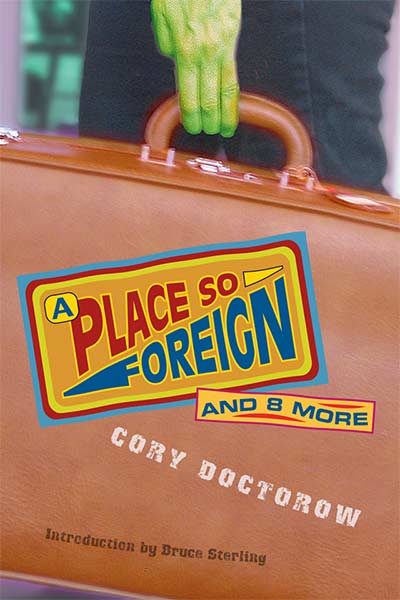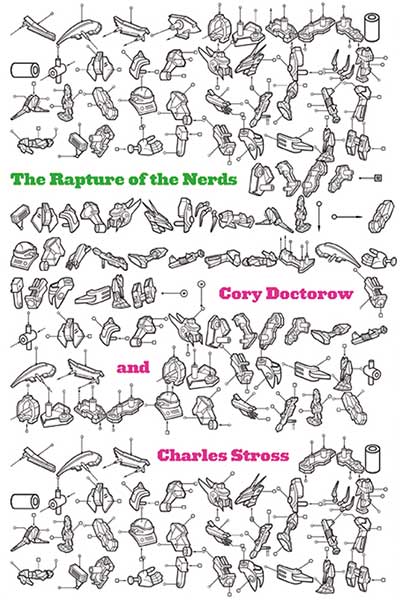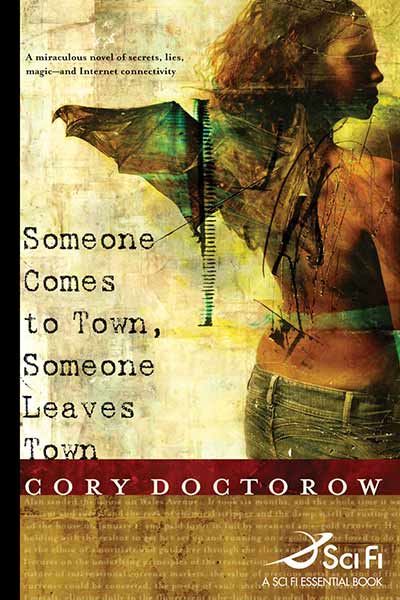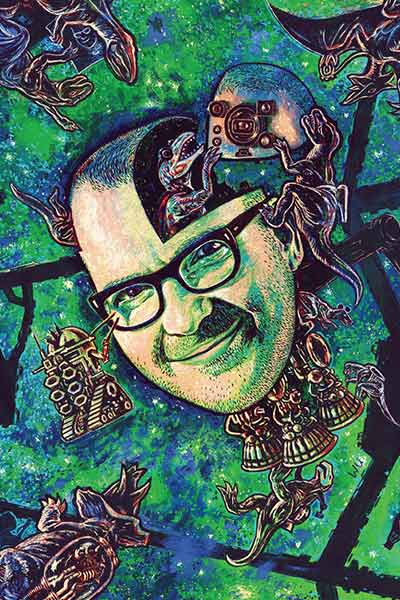On Sunday, I did an in-game book-signing in Second Life, a massively multiplayer online world. Now, part one of the transcript from the interview is online. The signing was stupendously weird and fun — people turned up in avatars designed to look like characters from the book (or in other, weirder avatars, including an AT-ST from the Star Wars universe!). All this week, you can check back with New World Notes, Second Life’s in-game newspaper, for subsequent installments on the transcript:
For those few here (and I hope it’s just a few) who haven’t read Someone Comes to Town yet, why not give us your brief cocktail party pitch for the story?
Cory Doctorow: Hmm– it’s not an easy book to summarize. Alan is a serial entrepreneur who moved to Toronto to get away from his family. His father is a mountain and his mother is a washing machine. He has several brothers, including one who is an island, three who nest like Russian dolls, a precognitive, and a demonic savage. When he was a teenager, he murdered the latter brother, with his other brothers cooperating. And now that brother is back form the dead, stalking them all. Alan has fallen in with a gang of anarcho-info-hippies who are using dumpster-dived hardware to build meshing WiFi repeaters in a mad bid to unwire all of Toronto, or at least the bohemian Kensington Market streets. Meanwhile, his neighbors– a student household– contain a girl with wings and a mean-spirited guitar player/bartender, who, it appears, may be in league with the demonic brother.
So that’s it in a nutshell. A very large and n-dimensional nutshell.
HL: If someone asked me to classify Someone Comes to Town, I’d call it “high-tech magic realism”. (That may be a new genre!) But how’s that hit you?
CD: I think that’s a good classification. I’ve been calling it a techie contemporary fantasy — contemporary fantasy being the label commonly applied to magic realist fiction when written by North American popular authors instead of Marquez and his cohort.




